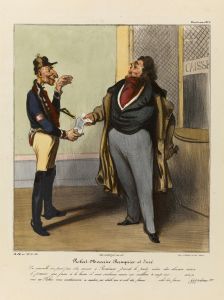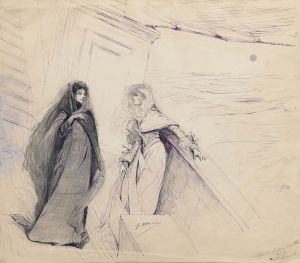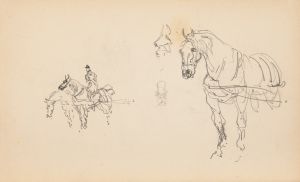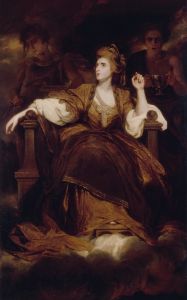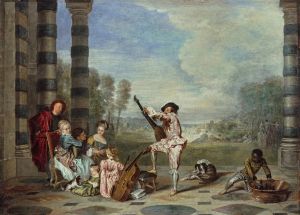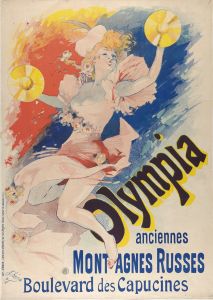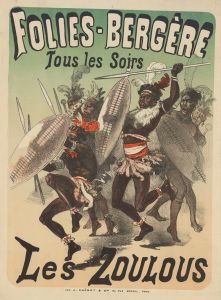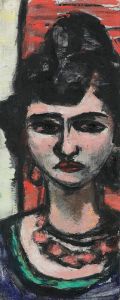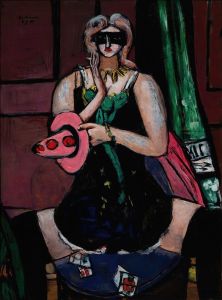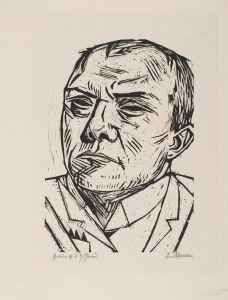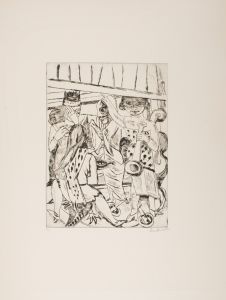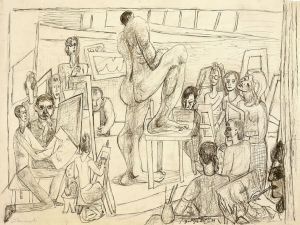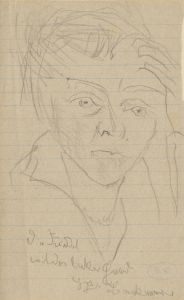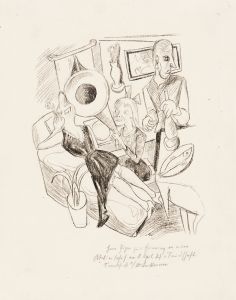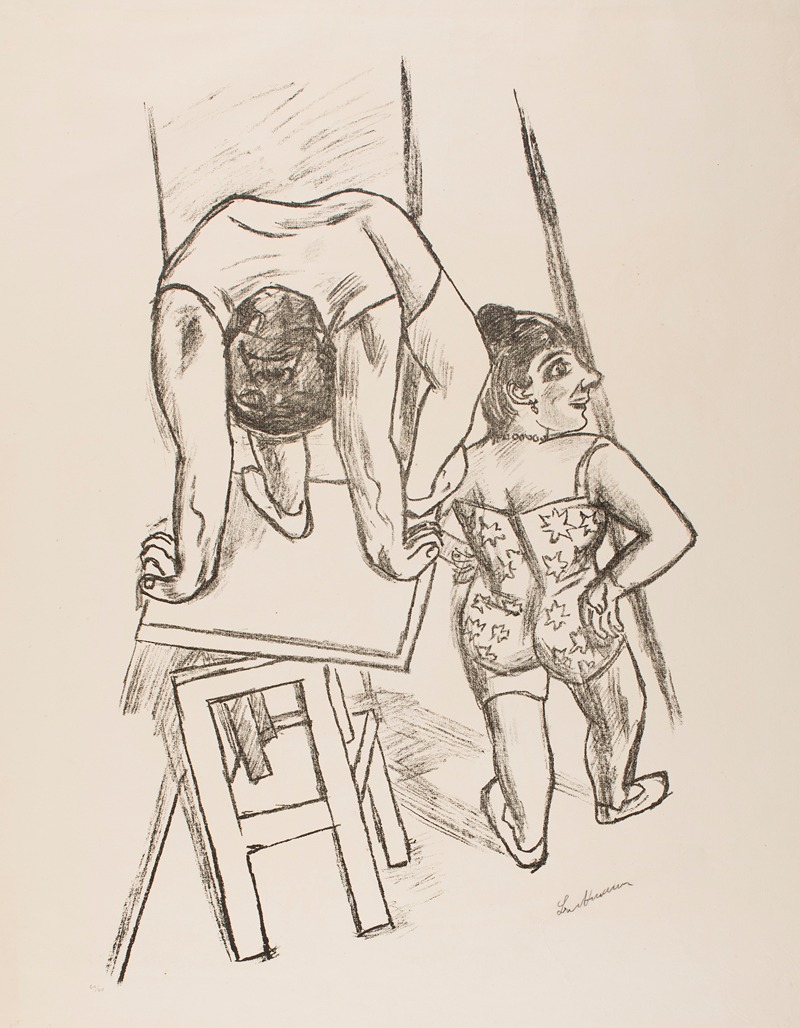
Before going on
A hand-painted replica of Max Beckmann’s masterpiece Before going on, meticulously crafted by professional artists to capture the true essence of the original. Each piece is created with museum-quality canvas and rare mineral pigments, carefully painted by experienced artists with delicate brushstrokes and rich, layered colors to perfectly recreate the texture of the original artwork. Unlike machine-printed reproductions, this hand-painted version brings the painting to life, infused with the artist’s emotions and skill in every stroke. Whether for personal collection or home decoration, it instantly elevates the artistic atmosphere of any space.
Max Beckmann was a prominent German painter, draftsman, printmaker, and sculptor, associated with the New Objectivity movement. His work is known for its bold use of color, complex compositions, and often, a deep engagement with the social and political issues of his time. One of his notable works is "Before Going On," which reflects his unique style and thematic concerns.
"Before Going On" was painted in 1932, a period marked by significant political and social upheaval in Germany. This was the year before Adolf Hitler's rise to power, and the atmosphere in the country was tense and uncertain. Beckmann, like many artists of his time, was deeply affected by the socio-political climate, and this is often reflected in his work.
The painting is a striking example of Beckmann's mature style, characterized by a dense, almost theatrical composition, and a vivid, expressive use of color. Beckmann often employed a triptych format in his paintings, drawing inspiration from medieval altarpieces, although "Before Going On" is not a triptych, it shares the same narrative complexity and symbolic depth.
In "Before Going On," Beckmann presents a scene that is both enigmatic and charged with emotion. The figures in the painting are depicted with Beckmann's characteristic bold outlines and dramatic poses, creating a sense of tension and anticipation. The title itself suggests a moment of pause or reflection, a theme that resonates with the uncertain times in which it was created.
Beckmann's work often includes elements of autobiography, and "Before Going On" can be seen as a reflection of his own experiences and observations. The early 1930s were a challenging time for Beckmann; as the political situation in Germany deteriorated, he faced increasing pressure and eventually left the country in 1937 after his work was labeled "degenerate" by the Nazi regime.
The painting is also notable for its exploration of the human condition, a recurring theme in Beckmann's oeuvre. His figures often appear isolated or introspective, suggesting a deeper psychological or existential inquiry. This focus on the inner life of his subjects is a hallmark of Beckmann's work and contributes to the enduring power and relevance of his art.
"Before Going On" is housed in the collection of the Saint Louis Art Museum, where it continues to be an important piece for understanding Beckmann's artistic legacy and the broader context of 20th-century art. The painting not only exemplifies Beckmann's technical skill and innovative approach to composition but also serves as a poignant commentary on the era in which it was created.
In summary, Max Beckmann's "Before Going On" is a significant work that encapsulates the artist's response to the turbulent times of early 1930s Germany. Through its complex composition and emotive power, the painting invites viewers to reflect on themes of uncertainty, introspection, and the human experience, making it a timeless piece of art history.





